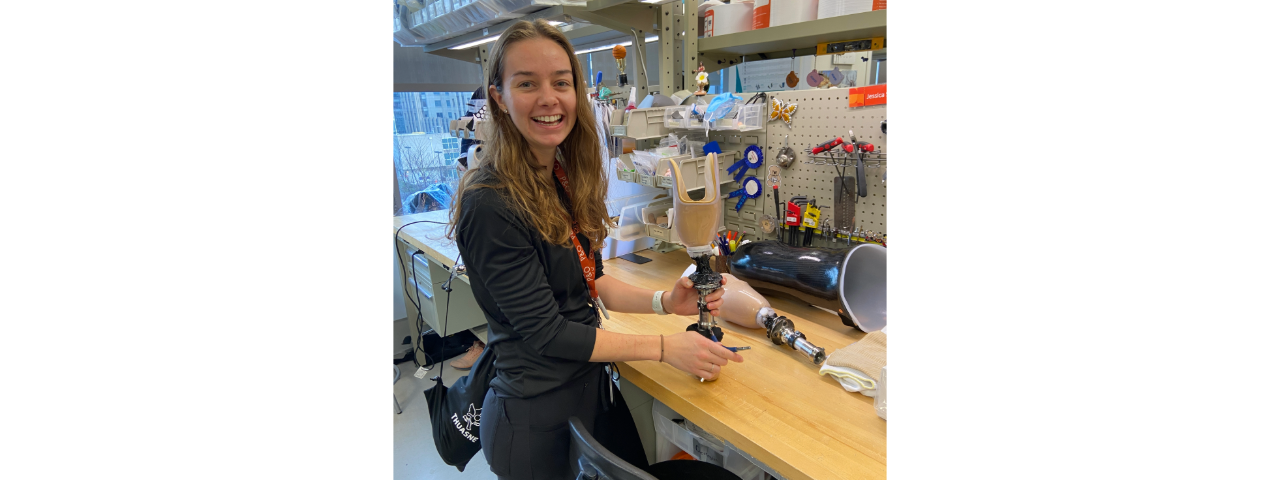Body
Cerebral palsy (CP), affecting approximately 800,000 children and adults in the United States, is the leading cause of childhood disabilities.1 While CP can affect one’s mobility and independence, both children and adults with CP can live healthy and active lifestyles with the appropriate interventions and equipment. At Shirley Ryan AbilityLab, a heavy focus is placed on gait training and standing with this patient population during physical therapy.
CP is a developmental motor disorder caused by a non-progressive insult to the brain. The injury occurs prenatally, perinatally, or postnatally up until the age of two years. Location of the brain injury can vary, giving rise to a large spectrum of presentations. A child with CP can present with postural deficits, paralysis, abnormal and uncoordinated movements, poor selective motor control, motor delays, and/or muscle tone changes.
Gross Motor Function Classification Scale
Body
The Gross Motor Function Classification Scale (GMFCS) was developed to categorize the variety of presentations of CP. The scale ranges from Level I-V based on the severity of the diagnosis. Level I describes a high-functioning child who can run and jump with few limitations, whereas Level V describes more severe limitations, including poor head control and inability to sit independently. Children with GMFCS Levels I-III ambulate with or without an assistive device independently, while a child in Level IV ambulates in a gait trainer with assistance.
The variable presentation of CP leads to many challenges in discovering a cause, cure, and effective treatments. As research continues in this area, clinicians work to improve independence with functional mobility and minimize the associated secondary impairments. These secondary impairments include contractures, spinal and joint misalignment, skin breakdown, and decreased bone density. These negative effects are especially predominant for GMFCS Levels III-V because of the lack of functional weight bearing (WB) and increased time spent in wheelchairs.
Standing and Gait Training Interventions
Body
Based on the complexity of the diagnosis, physical therapy interventions are individualized for each child. Walking and standing are common functional goals in the rehabilitation setting as they improve independence with mobility, enhance social roles, and minimize secondary impairments. The benefits associated with gait training and standing programs differ for each GMFCS Level.

